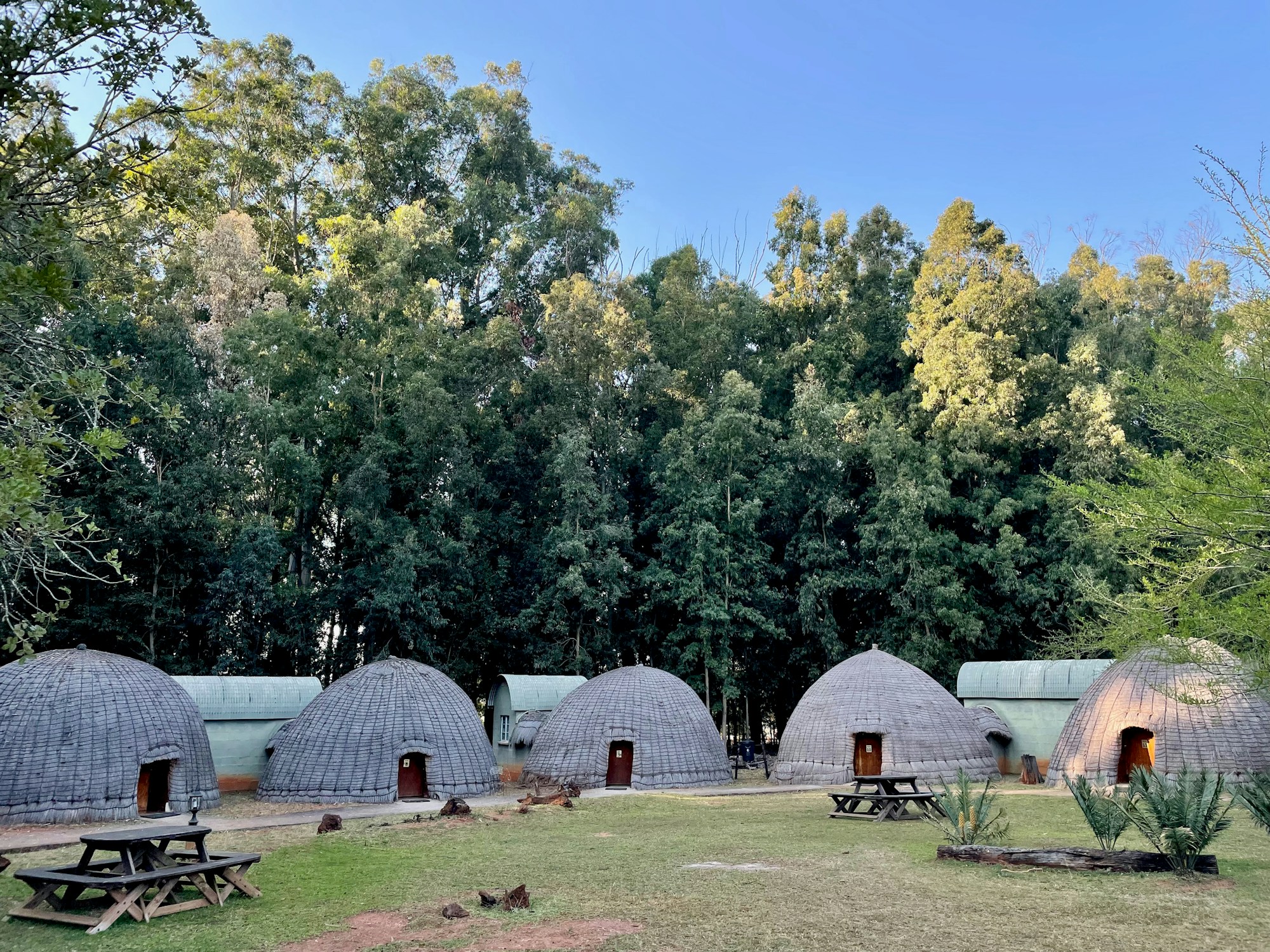Best Weather & Seasons: Lobamba Visitor's Guide

Best Weather & Seasons: Lobamba Visitor's Guide
Lobamba, the cultural and spiritual heart of Eswatini, is a picturesque town located in the Ezulwini Valley. Nestled among majestic mountains and lush landscapes, Lobamba offers a unique experience for travelers seeking a blend of natural beauty and rich traditions. When planning your visit, it's essential to consider the weather and seasons of Lobamba to make the most of your trip. Here's a breakdown of what you can expect throughout the year.
Seasons
Lobamba experiences a subtropical climate with distinct seasons: summer and winter. The transition periods between seasons bring moderate temperatures and pleasant conditions.
Summer (October - March)
The summer season in Lobamba is characterized by warm temperatures and occasional rainfall. The average daily temperature ranges from 20°C (68°F) to 35°C (95°F), making it an ideal time to explore the stunning landscapes and engage in outdoor activities. However, be prepared for short afternoon showers, which can be refreshing during the hot days.
Winter (April - September)
Lobamba's winter season brings cooler and drier weather, making it a popular time for tourists to visit. The average daily temperature ranges from 10°C (50°F) to 25°C (77°F), providing comfortable conditions for outdoor exploration. Pack some warmer clothing, especially for the evenings, as the temperatures can drop during this season.
Humidity
Lobamba has a moderate level of humidity throughout the year. The summer months tend to be slightly more humid due to the rainfall, with the humidity ranging from 60% to 75%. In winter, the humidity levels are typically lower, ranging from 40% to 60%. Overall, the humidity in Lobamba is generally comfortable and should not pose any significant discomfort during your visit.
Temperature
The temperature in Lobamba varies depending on the season. During the summer months, temperatures can reach highs of 35°C (95°F), while winter temperatures average around 25°C (77°F) during the day. Regardless of the season, Lobamba maintains a pleasant climate suitable for outdoor activities throughout the year.
Sunshine
Lobamba enjoys a generous amount of sunshine throughout the year. The summer season provides longer daylight hours, with up to 10 hours of sunlight per day. In winter, the daylight hours reduce slightly, but you can still expect around 8 hours of sunshine daily. This ample sunshine enhances the overall experience of exploring Lobamba's natural beauty and cultural attractions.
Rainfall
Rainfall is more common during the summer season in Lobamba. While it doesn't rain every day, occasional showers are expected. These short bursts of rainfall contribute to the region's lush green landscapes and vibrant flora. In the winter, rainfall is significantly reduced, resulting in drier conditions. When visiting during the rainy season, remember to pack a light raincoat or umbrella for sudden showers.
Best Time to Visit
The best time to visit Lobamba largely depends on your personal preferences and the activities you plan to engage in. If you enjoy vibrant green landscapes and don't mind occasional rain showers, the summer season (October - March) offers the perfect atmosphere for exploration. On the other hand, if you prefer mild temperatures and drier weather, consider visiting during winter (April - September). This season is also ideal for outdoor activities like hiking and wildlife spotting.
Overall, Lobamba's climate provides a pleasant environment year-round, making it a delightful destination for travelers seeking a unique mix of cultural experiences and natural beauty.
Monthly Weather Overview
| Month | Season | Humidity | Temperature (°C) | Sunshine (hours) | Rainfall (mm) |
|---|---|---|---|---|---|
| January | Summer | 75% | 20 - 35 | 9 | 85 |
| February | Summer | 70% | 19 - 34 | 9 | 80 |
| March | Summer | 70% | 19 - 34 | 8 | 65 |
| April | Transition | 65% | 14 - 29 | 8 | 50 |
| May | Transition | 60% | 12 - 28 | 8 | 30 |
| June | Winter | 55% | 10 - 25 | 8 | 20 |
| July | Winter | 55% | 10 - 25 | 8 | 20 |
| August | Winter | 55% | 12 - 27 | 8 | 20 |
| September | Transition | 55% | 14 - 29 | 8 | 30 |
| October | Summer | 65% | 16 - 31 | 9 | 60 |
| November | Summer | 70% | 18 - 33 | 9 | 70 |
| December | Summer | 75% | 20 - 35 | 9 | 85 |
